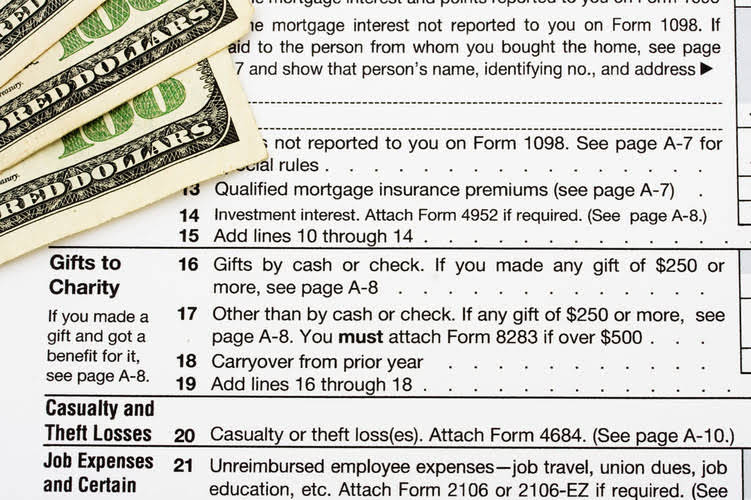Therefore, money owed from clients is not the same as cash equivalents. Cash and cash equivalents help companies with their working capital needs since these liquid assets are used to pay off current liabilities, which are short-term debts and bills. Let’s assume Tom rang up a $100 pair of running shoes for $100, but he miscounted the cash received for the shoes.
- Cash equivalents have certain benefits over cash that make them better for some investors.
- True to their name, they are considered equivalent to cash because they can be converted to actual cash quickly.
- That’s why repeated shorts and overs from the same cashier should be investigated by the manager, as they can uncover something wrong that has been happening for a while.
- Regardless of the nature of a shortfall, it is a significant concern for a company and is usually corrected promptly through short-term loans or equity injections.
- A business’s cash flow shows the net amount of cash a company has, after factoring in both incoming and outgoing cash and assets, and can be a good resource for potential investors.
- The phrase “cash and cash equivalents” is found on balance sheets in the current assets section.
Marketable Securities
- A petty cash account is an account a company uses to pay for small expenses.
- In this case, we can make the journal entry to record the cash overage by debiting the cash account and crediting the cash over and short account and the sales revenue account.
- What happens when a cashier is found to be short of a certain amount depends on the cashier shortage policy at the company.
- Overages are deposited at the bank with the normal sales proceeds, after being recorded in the books.
- Cash equivalents are not identical to cash in hand, though they have such low risk and high liquidity that they’re often considered as accessible.
- In contrast, let’s assume that during the cash count, the actual cash from the cash sales is $495 instead of $510.
- A larger balance in the account is more likely to trigger an investigation, while it may not be cost-effective to investigate a small balance.
Temporary shortfalls often occur in response to an unexpected event, while long-term shortfalls may be related to overall business operations. Alternatively, what is cash short for if there had been too much cash in the petty cash box (a rare condition indeed!), the entry would be reversed, with a debit to cash and a credit to the cash over and short account. Generally, the amounts in the account Cash Short and Over are so small that the account balance will be included with other insignificant amounts reported on the income statement as Other Expenses.
Cash and Cash Equivalents (CCE): Definition, Types, and Examples

Should the saver need their money, they may be able to break the CD contract by paying a fee or interest penalty. Commercial paper is short-term (less than a year), unsecured debt used by big companies to raise funds to meet short-term liabilities such as payroll. Corporations issue commercial paper at a discount from face value and promise to pay the full face value on the maturity date designated on the note.

What is the Journal Entry to Record Sales Total with a Cash Overage?
In these cases, cash variances should be stored in a single, easily-accessible account. This information is then used to track down why cash levels vary from expectations, and to eliminate these situations through the use of better procedures, controls, and employee training. Internal tampering adjusting entries could cause a business to be over and short in its accounting.

Real-World Example of Cash and Cash Equivalents

If a company has cash or cash equivalents, the aggregate of these assets is always shown on the top line of the balance sheet. This is because cash and cash equivalents are current assets, meaning they’re the most liquid of short-term assets. When the company has the cash overage in the petty cash fund, it can make the journal entry by debiting the expenses account and crediting the cash over and short account together with the cash account.
- Subtract the amount by which you need to replenish the account from the total amount of your vouchers.
- This may take the form of physical cash (bills and coins) or digital cash (i.e. bank account balances).
- That is why we debit the expenses account in the above journal entry.
- On the other hand, if the company has a cash shortage in the petty cash fund, it can make the journal entry with the debit of cash over and short account instead.
- However, money market mutual funds are not FDIC insured, but may be SIPC insured.
- However, to make it easy, we will only look at the petty cash transaction as the journal entry is usually the same.
Presentation of the Cash Over and Short Account
Savings and checking accounts (cash) and money market accounts (cash equivalents) are often insured up to $250,000 by the FDIC. However, money market mutual funds are not FDIC insured, but may be SIPC insured. Debt instruments, whether issued by a government or corporation, is tied to the health of that entity with no guarantee the entity may survive the term of the cash equivalent. However, in bankruptcy proceedings bondholders are at least well positioned to be paid back. On the other hand, if the company has a cash shortage in the petty cash fund, it can make the journal entry with the debit of cash over and short account instead.
